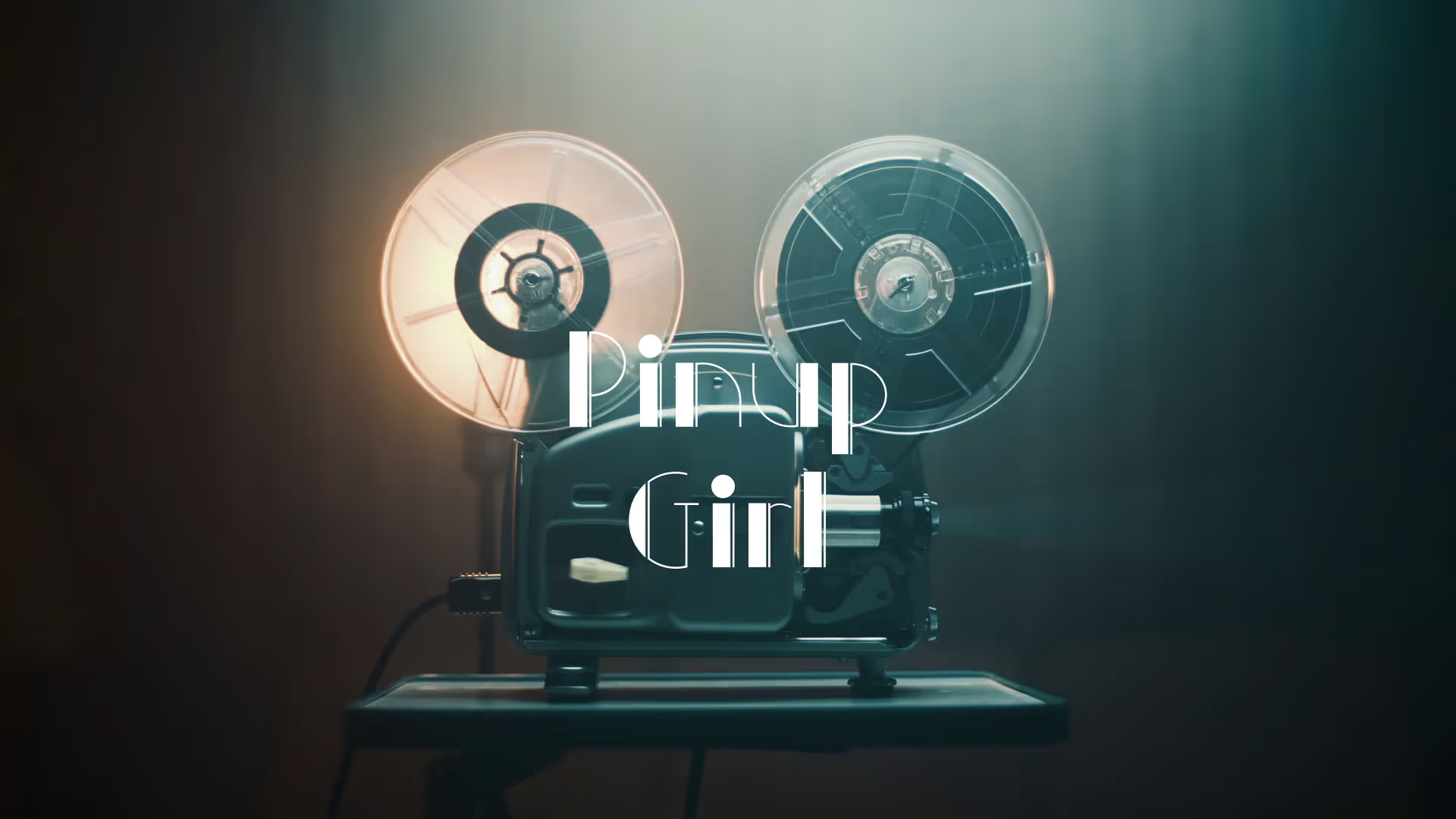The Tyranny of the Roadmap: Why Rigid Planning Kills Game Development
The flickering neon sign of “GameDev Dreams Inc.” cast an oily sheen on the rain-slicked street. Inside, I slumped in my chair, the weight of another failed sprint review crushing my spirit. We’d hit every roadmap milestone, delivered every planned feature, and yet…the game felt hollow. It was a polished turd, meticulously crafted according to a rigid, pre-ordained vision that had become detached from the reality of what players actually wanted.
The Tyranny of the Roadmap
Game development roadmaps, in theory, are benevolent guides. They are supposed to illuminate the path from initial concept to finished product. In practice, they often become instruments of creative oppression. They stifle innovation by prioritizing pre-determined features over emergent ideas.
Roadmaps create a false sense of security, trapping developers in a rigid framework. This is especially true in a field as unpredictable as game development. It is a process that demands flexibility and responsiveness.
The Case of “Project Chimera”
I remember “Project Chimera,” a sprawling open-world RPG we were building. The initial roadmap was a thing of beauty. It was a meticulously crafted Gantt chart, stretching across months of development. It detailed every quest, every character, every polygon.
We were so focused on hitting those deadlines that we completely missed the forest for the trees. One junior designer, Sarah, had a brilliant idea for a dynamic weather system. It would fundamentally change the gameplay experience. But it was deemed “out of scope” for the current sprint.
Sarah’s idea was shelved, lost in the bureaucratic labyrinth of roadmap adherence. “Project Chimera” shipped on time, exactly as planned. It was a critical and commercial disappointment, precisely because it lacked that spark of unexpected brilliance.
The Danger of Ignoring the “Fun Factor”
Roadmaps often prioritize features over fun. They are built on assumptions, not player feedback. They frequently ignore the intangible magic that transforms a collection of code into a compelling experience.
Consider the classic game Minecraft. Its initial design was relatively simple, but its genius lay in its emergent gameplay possibilities. Player creativity was unleashed. This lead to innovations that the original developers never envisioned. Could that have happened with a strict feature-focused roadmap? Absolutely not.
Embracing Emergent Design
Emergent design is the antithesis of rigid roadmapping. It prioritizes experimentation, iteration, and player feedback. It acknowledges that the best ideas often arise from unexpected places.
This doesn’t mean abandoning all planning, however. It means embracing a more agile and responsive approach. One that allows for course correction and unexpected detours. Instead of a rigid roadmap, think of it as a compass. It points you in the general direction, but allows you to explore the terrain along the way.
The Agile Alternative: A Living Document
The key is to treat your roadmap as a living document, not a sacred tablet. Regularly review and revise it based on player feedback, internal playtesting, and new ideas.
Implement rapid prototyping. Get your game into the hands of players as early as possible. Observe how they interact with it, and listen to their feedback. Be prepared to kill your darlings, even if they’re enshrined in your roadmap.
A Practical Example: Implementing Dynamic Difficulty
Let’s say your roadmap includes a section on difficulty scaling. A rigid approach might involve predefined difficulty levels (Easy, Normal, Hard). An emergent approach, however, might involve a dynamic difficulty system that adapts to the player’s skill level in real-time.
Create a free account, or log in.
Gain access to free articles, game development tools, and game assets.



.webp)



















